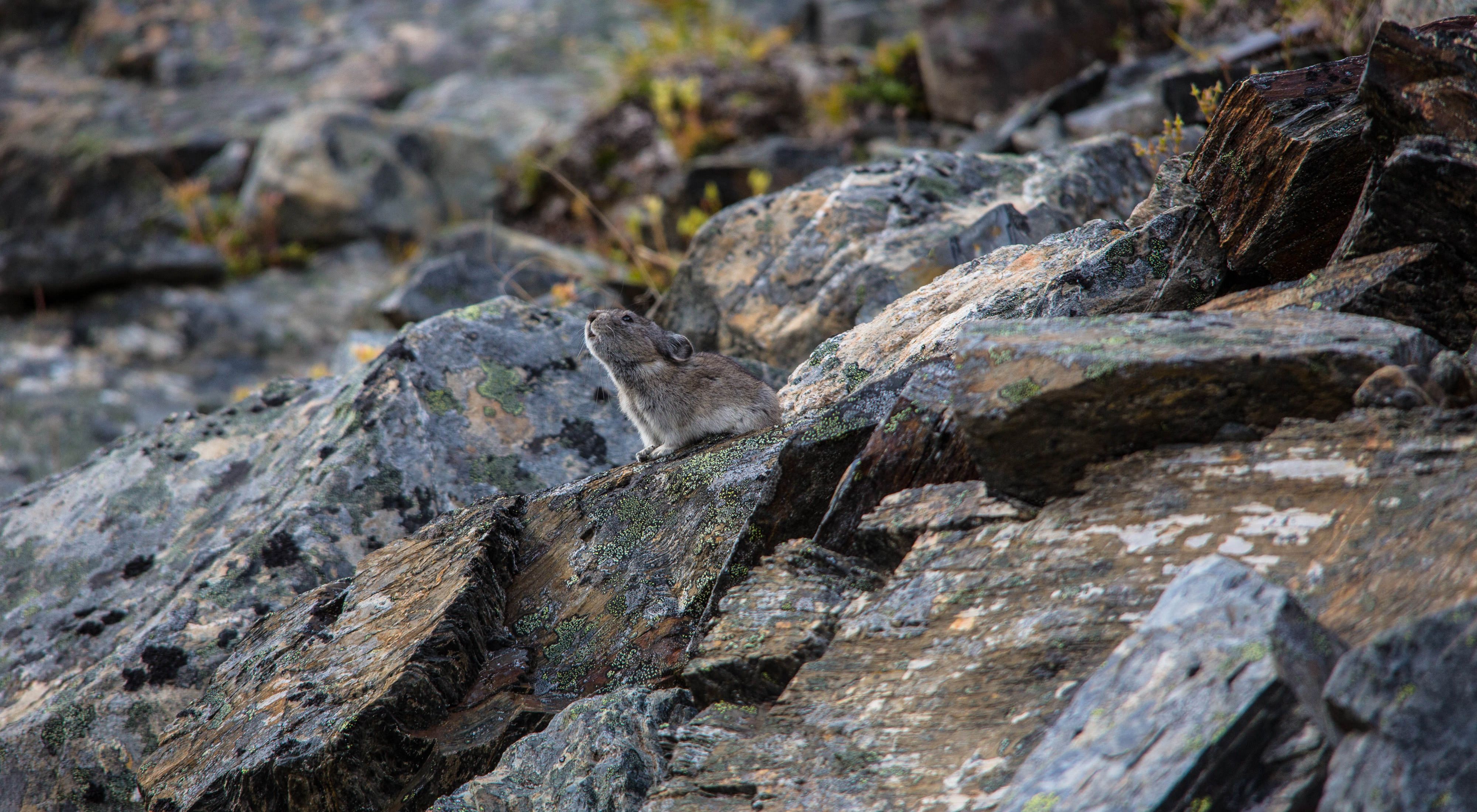How Climate Change Affects Winter Wildlife
Animals have various strategies for survival in winter but climate change could be threatening those carefully honed systems.
As temperatures drop and snow piles up, our instinct is often to hunker down, stay warm and wait it out. While some wildlife species move to escape harsh winter conditions—some even migrating to Latin America—others remain, coping with dropping temperatures in ways that have evolved for thousands of years.
But climate change, with shorter winters, thinner snowpack and more extreme temperatures, could be threatening those carefully honed systems. That's why a team of scientists from The Nature Conservancy spent 10 years identifying climate resilient and connected landscapes across the U.S. with characteristics that could help animals adjust or adapt to a changing climate.
In Idaho, we are working to conserve areas identified as climate resilient to help ensure wildlife are able to survive and thrive. Here is a breakdown of some of the state's most interesting winter wildlife coping strategies, and some ways climate change may impact them.
We Can’t Conserve Nature Without You
Sign up to receive monthly conservation news and updates from Idaho. Get a preview of Idaho’s Nature News email.
Cold Houses
Unlike similar-sized rodents, pikas, which are more closely related to rabbits, don’t hibernate through winter. They spend most of the summer gathering grass and stay in their nests all winter eating their carefully stored forage, says Kevin McKelvey, a research ecologist with the U.S. Forest Service. Deep snow keeps their dens at a comfortable 34 or so degrees, never cold enough to freeze. Climate change is causing two problems: drier summers mean less grass available for forage and thinner snowpack means more exposure to the cold. “They use the snow to stay warm,” he says. “And when they’re exposed to too much cold, they eat too much grass and don’t make it.”

White Animals in a Brown World
When people think of species that change colors to match their surroundings, chameleons are likely the first to come to mind. But for animals found in Idaho, few top the snowshoe hare and ermine for clever camouflage. Each year, they switch from brown to white and back again to match the landscape.
Quote: Leona Svancara
They become little light-colored beacons in this brown world.
The adaptation has kept them alive and allowed them to escape predators—or better sneak up on their prey—for millennia. But the color change is triggered by the sun, not the weather, which means as winters shorten, their coats aren’t catching up, says Leona Svancara, a spatial ecologist and climate change liaison with the Idaho Department of Fish and Game. “They become little light-colored beacons in this brown world.”

Waking up Too Early
Hibernation is a classic adaptation for animals in a cold climate. And what could be better than crawling in a cozy den and waiting out the harshest parts of the year? While it’s worked perfectly for everything from the smallest of bats to the biggest of bears, researchers are beginning to worry about what happens in a shifting climate that has shorter winters and more extreme temperatures. “If it gets warm enough,” Svancara says, “they can come out of hibernation and we go through an extremely cold period that physiologically they are not prepared for.”

Adapted to the Cold—Not the Heat
Watching a Canada lynx walk across snow is like watching an eagle fly. They grace the surface of feet-deep snow with their enormous, furry paws and light bones, and rarely sink in. It’s what makes them efficient winter predators, tracking down animals like snowshoe hares. But these adaptations to winter—the thick coats and big paws—aren’t likely as well adapted to warming temperatures. It’s also critical to their survival that their scattered populations across the northern U.S. and Canada are able to connect. As the climate warms, and species that require deep snow and cold winters retreat to higher elevations and further north, they could become more disconnected from other populations.

Resilient and Connected Lands for the Future
Herds of wildlife, such as mule deer, elk and pronghorn, move seasonally to find food and avoid harsh winter conditions. More frequent and intense droughts and shorter plant growing seasons caused by climate change can threaten the availability of forage, on seasonal ranges and along migratory routes, which can affect survival and reproduction.
Quote: Tess O'Sullivan
It's about protecting land that is going to be important for the future.
GPS technology is revolutionizing our understanding of wildlife movements, such as the great distances these animals may traverse and the importance of habitat along their routes. Work can be done on the ground to maintain connections between these habitat areas so wildlife can seek out suitable conditions even as the climate shifts. "This isn't just about protecting land that is important to wildlife now," says Tess O'Sullivan, TNC's land conservation strategy lead in Idaho. "It's about protecting land that is going to be important for the future."





